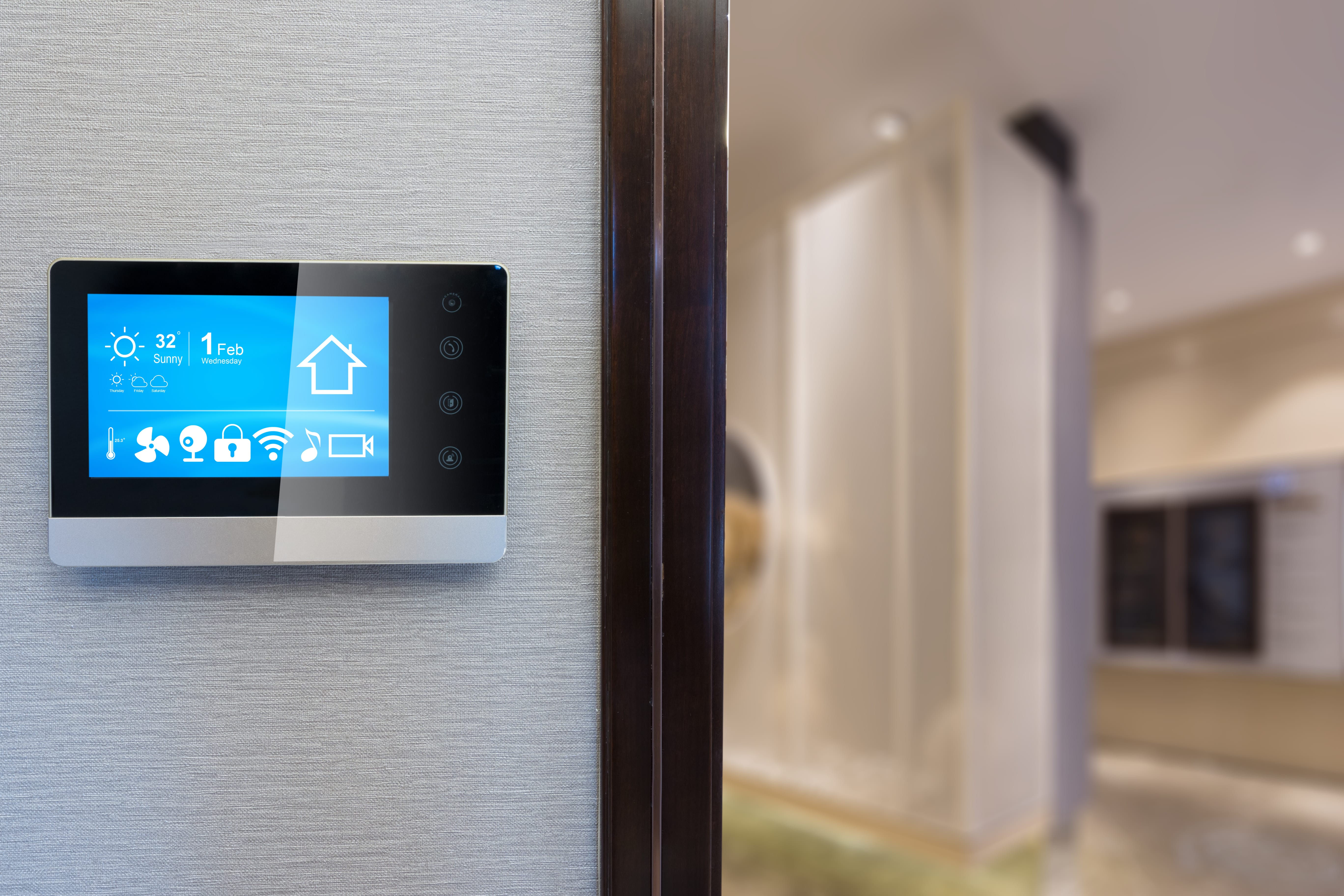There are many ways to improve your home’s energy efficiency, from installing new windows and ENERGY STAR® appliances to retrofitting your home. You can also make outside adjustments to landscaping and roofing materials.
But what about building a new house? Can you plan an energy-efficient home from the ground up?
The short answer: Absolutely! With careful planning between you, the designer, and the contractors, you can plan and build an energy-efficient new home construction, creating a space you love. Reduce your energy consumption and save money on your monthly electricity bills for years to come.
Check out these energy-saving tips from Gexa Energy on how to build an energy-efficient home as you plan your dream green home.
{{CTA-Solar}}
Think About Your Home’s Position
The first step in building an energy-efficient home starts with the land itself. During this beginning stage, ask your builder how your home will be positioned on your plot. It’s important to remember that homes are more energy-efficient when oriented north-south. If your lot supports it, position your home in this way to help minimize the amount of sunlight your house gets in the summertime, while maximizing sunlight during the winter.
Work with your team of designers and builders to plan how to position your house and design its structure to best take advantage of the sun’s heat and light. Make sure to stay in contact with your team to keep everyone on the same page.
Seal & Insulate the Building Envelope
One of the most important energy-efficient house features is an airtight envelope. A home’s building envelope is made up of the foundation, walls, roofing, windows, doors, and insulation. A tight envelope can help minimize air leaks, keeping cool air in and the heat and humidity out. With a cool, dry home, you can save energy without overworking your HVAC system. And as a bonus, a tighter envelope can help prevent rot, mold, and mildew, keeping your home’s foundation strong for years.
Sealing and insulating your home’s envelope are the two most cost-effective measures that builders can take when building energy-efficient homes. Talk to your contractors and determine a sealing and insulation strategy that fits with your local climate and your budget.
Take Advantage of the Sun’s Heat
Most builders will offer several options for your home’s structural materials. This is an important decision because the materials you choose for the walls, floors, and roof can determine your home’s overall energy efficiency. Thermal mass materials are energy-efficient building materials that absorb and store heat from the sun, helping to stabilize your house’s temperature and keep your home comfortable.
Materials with low heat conductivity, such as concrete, brick, and tile, are great insulators. They keep unwanted heat out and cool air in by slowing the rate of heat transfer. As a result, your heating and cooling system doesn’t have to run as often, conserving energy and saving on your electric bill.
Keep the Air Fresh
Because an energy-efficient home is airtight, it’s important to have a proper ventilation system to provide a continuous source of fresh, clean air. The right ventilation system can help control moisture in your home and make the entire house feel more comfortable.
An efficient ventilation system, such as a heat recovery ventilation (HRV) system or an energy recovery ventilation (ERV) system can remove stale air from your home while simultaneously recovering heat and recirculating that heat back into your house with fresh air.
Be Smart About Paint Colors
If you have an option, choose lighter paint colors for your home. Lighter colors reflect light, while darker colors absorb it. In this way, you can reduce heat with the simple choice of a lighter shade of paint.
Even more important than the color of your home’s exterior is the color of your roof. Light-colored tile and metal can reflect up to 75% of sunlight, significantly reducing cooling costs. However, if you have your heart set on a dark-colored roof and are still trying to determine how to make your home more energy-efficient, try a metal roof coating to boost reflectivity and improve energy efficiency.
Plan Landscaping
It’s hard to focus on the yard before the interior is complete, but landscaping is one of the most important ways to make home more energy efficient. Even with strategically placed windows, excess sunlight can get through, heating the interior of your home and greatly impeding the cooling process inside.
To help keep the inside of your home at a comfortable temperature, consider planting trees and shrubs around windows that receive a lot of sunlight to reduce the demand for cooling. During the cooler months, these trees can serve as windbreaks, keeping colder winds away from your home. By utilizing natural outdoor resources, you’ll keep the interior of your home nice and comfortable and won’t rely solely on your HVAC system.
Consider Renewable Energy Sources
To create an environmentally friendly home with another form of renewable energy, install solar panels on your roof Through solar power, you can generate electricity for your entire home while saving money on your monthly utility bills.
Gexa offers solar energy plans designed to help consumers take advantage of this renewable energy source. Sign up for Gexa’s solar plans and make the switch to solar energy today.
Look Inside Your Home for Energy Savings
Building an energy-efficient home means finding ways to conserve energy inside, too. For floors with cooling properties, try ceramic tile or concrete. These materials don’t trap heat or moisture like carpets do, so they’ll keep your home cool and reduce the amount of energy needed to do so.
Highly insulated windows and doors can also help keep your building envelope airtight, ensuring as little treated air escapes your home as possible.
In addition to flooring, windows, and doors, look for energy-efficient appliances, such as your oven, refrigerator, dishwasher, and washer and dryer. When shopping for new appliances, look for those featuring the ENERGY STAR® label. Opt for a heat pump and air conditioner, which is the most energy-efficient heating and cooling system.
Once you’ve built your energy-efficient home, keep the energy savings going. Gexa Energy has great electricity rates and provides homeowners with 100% renewable plans from environmentally friendly renewable sources.
{{CTA-EV-to-Solar}}






































